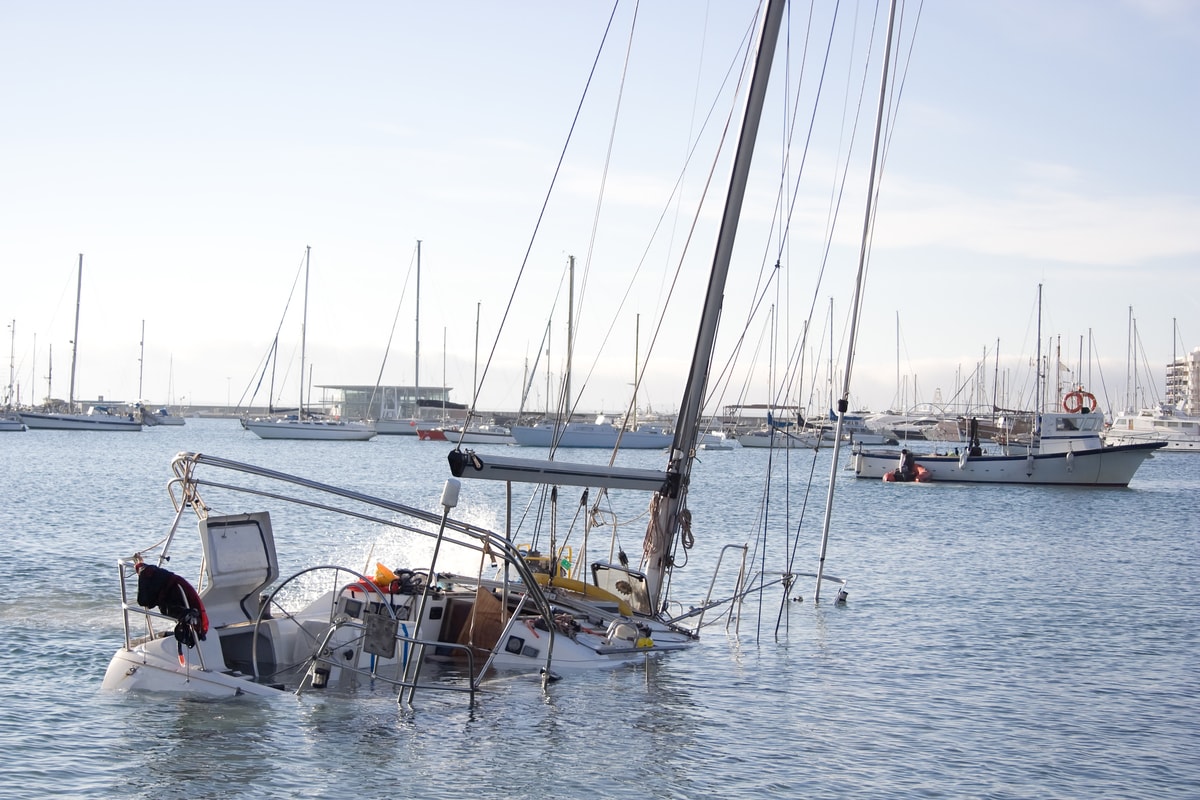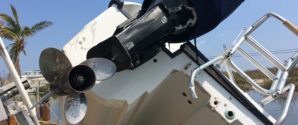Hurricane-Damaged Boats Enter Market

BoatUS estimates more than 63,000 recreational boats were damaged or destroyed by Hurricanes Harvey and Irma at about $655 million in boat losses. That is just shy of losses caused by Hurricane Sandy.
Substantial damage occurred even to boats whose owners took appropriate precautions, inspectors found. While some boats were a total loss, others were repairable and are now hitting the resale market. BoatUS offers eight tips to help buyers identify vessels that might have been badly damaged and repaired.
- Trace the history. While car titles are branded to indicate salvage or rebuilding, only a few states do the same for boats. Florida and Texas, where most of the damage occurred, don’t. Sometimes people trying to sell a storm-damaged, repaired boat will cross state lines to make it harder to ascertain its record. That can be an indicator you are dealing with a wrecked and repaired vessel. If you spot recent gaps in the boat’s line of ownership, that could mean it was on auction or in a repair yard.
- Inspect for hull repairs. You may find mismatched colors that indicate a repair was made. In some cases, filler is used under a gelcoat as a cheap alternative to authentic fiberglass repairs.
- Look for hull-to-deck joint repairs. That joint is often damaged on boats that have been banged against a dock during a storm. You may find recent professional repairs or discover simply sealant applied to the joint.
- See if it sank. Corrosion on interior hardware, such as hinges and drawer pulls, is an indicator the vessel was submerged. While owners may clean a boat well, buyers can often spot interior waterlines inside cabinets or lockers or behind an interior structure, which would indicate submersion for a period of time.
- Light up the electrical system. If electrical items, such as connectors, breaker panels and lighting, are corroded or are all new, suspect submersion and ask what went on to affect the electrical system.
- Be aware of interior updates. Freshly painted or gelcoated hulls and engine rooms suggest there was a problem. If onboard fabrics are all new, there may have been water damage.
- Spot-check the engine. Fresh paint on an engine could be masking rust and should make you wonder about interior damage.
- Ask for disclosure. Not all states require sellers to voluntarily disclose previous major damage to a vessel. You have to inquire to get the details. If a seller refuses to reveal the boat’s history or appears reticent, you may be best walking away.
If you find that the boat’s repairs are adequate and you still want to purchase it, take one more step and find out about insuring such a vessel. In many cases, it can be hard to insure a salvaged boat since it is considered a greater risk.
Sources:

